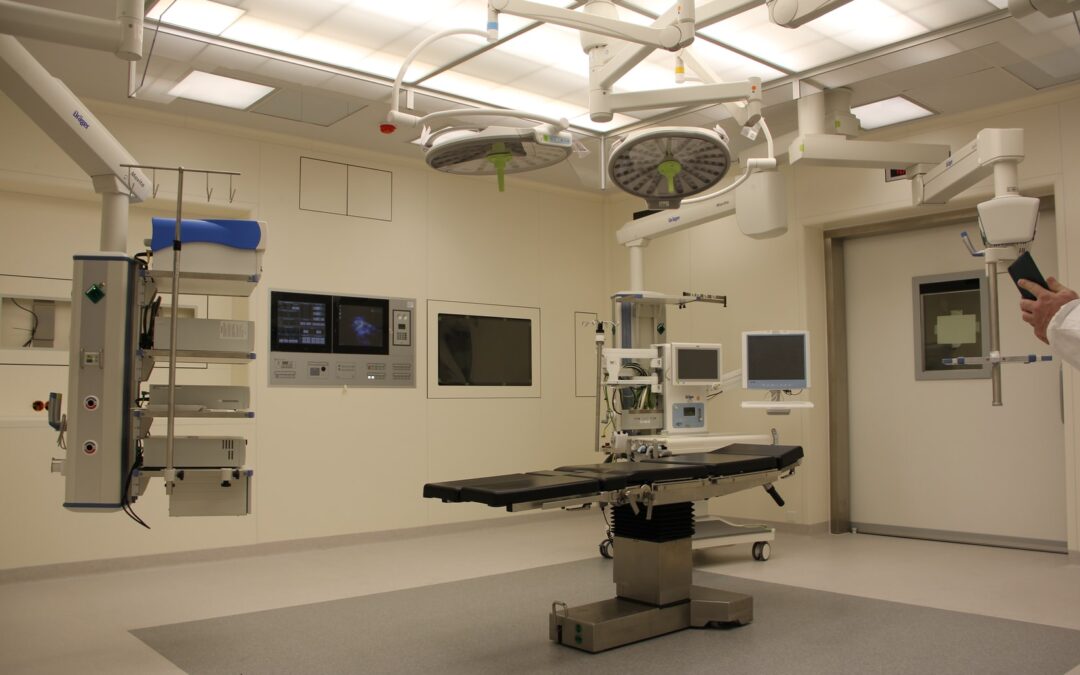Stop Static: How To Get 0 ESD And Transform Your Print Room
Static electricity can be more than just a minor nuisance in the printing industry—it can impact print quality, damage equipment, and disrupt production. Fortunately, managing static electricity (also known as ESD – electrostatic discharge) doesn’t have to be complicated. Here’s a guide to understanding static electricity’s impact, practical strategies to address it, and how humidifiers can help provide a streamlined solution.
Understanding Static Electricity and Its Impact
Static electricity can cause significant problems in printing environments. Electrostatic discharge (ESD) occurs when static electricity accumulates and discharges, potentially leading to:
- Poor Print Quality: Static electricity can lead to significant print quality issues, including streaks, uneven toner application, and image distortion. As the Harvard Business Review discusses, the impact of static on production quality cannot be underestimated, often resulting in costly reprints and dissatisfied customers.
- Equipment Damage: Frequent ESD not only affects print quality but can also lead to severe equipment damage. TechTarget highlights how static reduces the reliability and lifespan of your printing machines, leading to increased maintenance costs and unexpected downtime.
- Production Downtime: Production interruptions caused by ESD-related issues can be costly. IndustryWeek reports that such downtimes can drastically affect overall efficiency, leading to missed deadlines and increased operational costs.
Effective Strategies to Manage Static Electricity
Here’s how you can tackle static electricity with effective, practical solutions:
1. Maintain Optimal Humidity Levels:
First of all, proper humidity control is crucial. Aim to keep the relative humidity level between 30-60% to help dissipate charges.
- How It Works: Moist air helps neutralize static electricity, leading to better print quality and improved equipment performance. According to the ASHRAE Handbook, maintaining proper humidity control is essential for reducing ESD in printing environments. The guidelines suggest keeping the relative humidity level between 30-60% to help dissipate charges, ensuring optimal performance and reducing the risk of equipment damage and poor print quality. ASHRAE Handbook.
- Tips: To maintain consistent humidity levels, it is advisable to invest in a high-quality humidifier and regularly monitor the conditions. The EPA provides additional insights on managing indoor air quality to prevent issues like static buildup. They emphasize the importance of maintaining an environment conducive to both operational efficiency and health, highlighting the role of humidity in this balance.
2. Use ESD-Safe Materials:
To effectively manage static in your print room, it’s crucial to use the right materials and know where to source them.
- Where to Find Them: Suppliers like Antistat specialize in a wide range of products, including gloves, mats, and other essential tools. They offer a comprehensive selection that caters to various needs within ESD-sensitive environments, making it easier to equip your print room with the necessary materials.
By integrating these materials into your workspace, you can enhance the overall efficiency and safety of your print operations, ensuring consistent and high-quality output.
3. Effective Grounding:
Effective grounding is a key strategy for managing static.
- For Equipment Grounding: Ensure all equipment is grounded properly using grounding straps and cables. You can refer to the “ANSI/ESD S6.1-2019” document on the ESDA website. This standard provides detailed guidelines for grounding in ESD-protected areas. To access it, visit the ESDA Standards page. From there, search for “ANSI/ESD S6.1-2019” to find the relevant document.
- For Personnel Grounding: Use antistatic wrist straps and mats to protect workers and sensitive components.The IEEE Standards provide comprehensive guidelines on grounding in work environments. You can find specific standards on grounding by visiting the IEEE Standards page. You may need to search for terms like “grounding” or “ESD protection” to locate the specific standards.
4. Regular Maintenance and Cleaning
Keeping your equipment clean and well-maintained helps prevent discharge issues exacerbated by dust and contaminants.
- Cleaning Tips: Use ESD-safe cleaning supplies and adhere to recommended maintenance schedules. Visit Facility Management Journal and navigate to their cleaning and maintenance sections.
- Inspection: Regularly inspect equipment for wear and address any issues promptly to avoid problems. You can explore relevant articles by searching for “equipment maintenance” on Engineering.com.
5. Get a Humidifier Built for Commercial Printing
The right commercial humidifier goes a long way to prevent buildup. Take, for example, a print room manager who faced relentless discharge issues. Despite implementing a top-notch strategy—combining the right relative humidity levels, ESD-safe materials, proper grounding, and diligent maintenance—the results were inconsistent.
But everything changed with the introduction of self-evaporative, non-wetting humidification technology. Because this technology does not allow for humidity fluctuations or uneven humidity levels, discharge does not have the opportunity to build on printing machinery, or the paper itself. The transformation was remarkable, and for Smart Fog‘s printmaking client, very real. With tightly controlled humidity levels and static discharge, the print room saw a significant boost in print quality and operational efficiency, as productions were no longer disrupted.
Key Takeaways:
Managing static electricity in your print room doesn’t have to be complex. By implementing essential strategies like maintaining proper humidity, using ESD-safe materials, and ensuring effective grounding, you can address many issues at once. And to make the most out of your efforts, consider integrating a non-wetting humidifier to significantly reduce ESD and help you achieve high print quality and operational efficiency.





